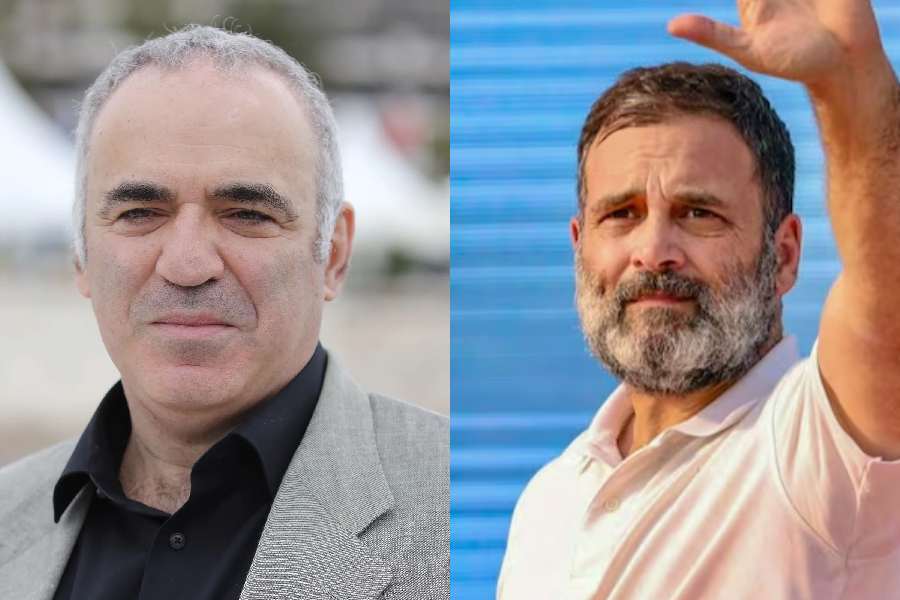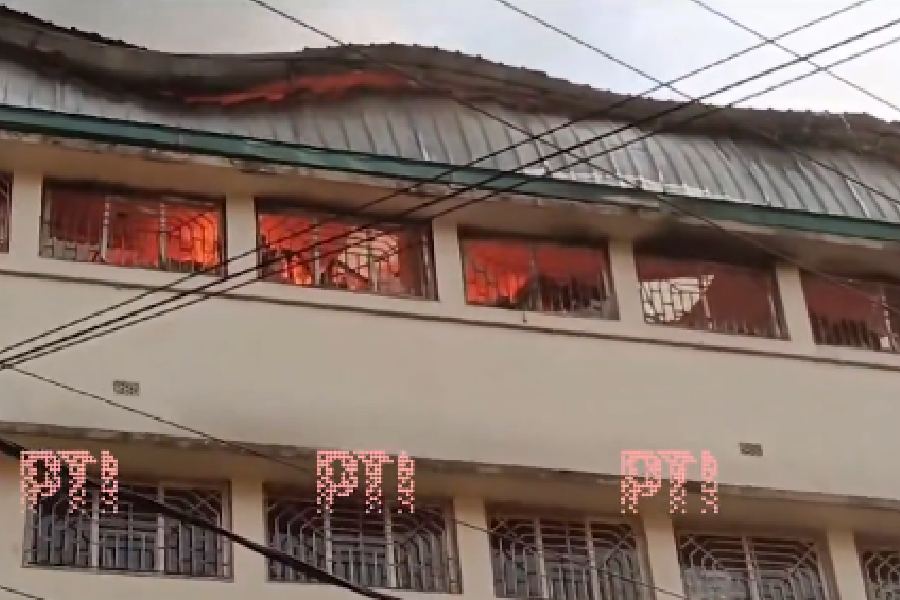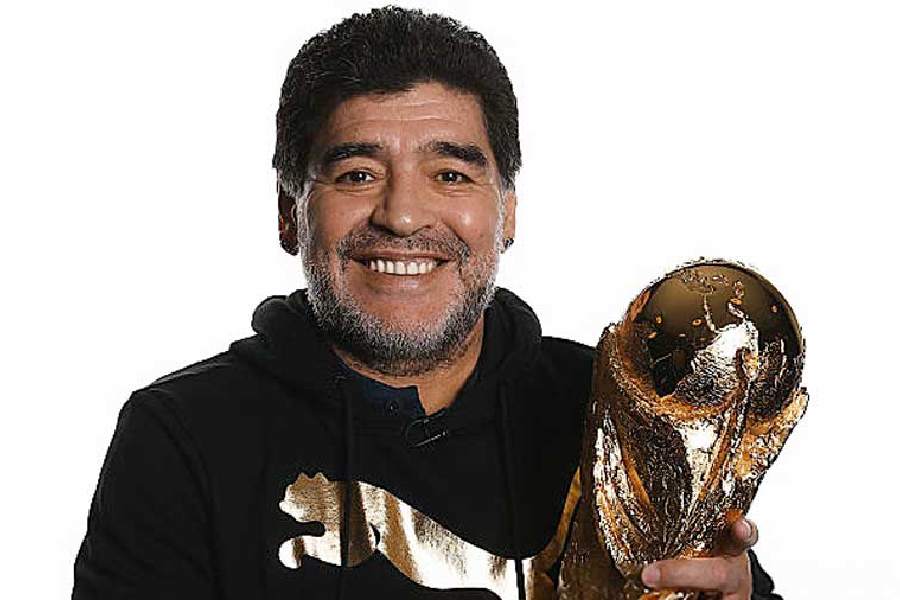 |
| The sister of one of the slain Palestinian boys mourns during their funeral in Gaza City. (Reuters) |
My day here began at 6am. Photographing something as unpredictable as war still has a routine.
It is important to be out of the door at first light to document the destruction of the last night’s bombings. By midmorning, I check in at the hospital’s morgue to see if families have come to pick up the dead for burial.
When the routine is broken, it is because things can go horribly wrong in an instant. That is how it happened in Libya in 2011, when three colleagues and I were taken captive by government soldiers and our driver was killed.
On Wednesday, that sudden change of fortune came to four young Palestinian boys playing on a beach in Gaza City.
Family members of the four boys were distraught on Wednesday after identifying their bodies at the hospital in Gaza City.
I had returned to my small seaside hotel around 4pm to file photos to New York when I heard a loud explosion. My driver and I rushed to the window to see what had happened. A small shack atop a sea wall at the fishing port had been struck by an Israeli bomb or missile and was burning. A young boy emerged from the smoke, running toward the adjacent beach.
I grabbed my cameras and was putting on body armour and a helmet when, about 30 seconds after the first blast, there was another. The boy I had seen running was now dead, lying motionless in the sand, along with three other boys who had been playing there.
By the time I reached the beach, I was winded from running with my heavy armour. I paused; it was too risky to go onto the exposed sand. Imagine what my silhouette, captured by an Israeli drone, might look like as a grainy image on a laptop somewhere in Israel: wearing body armour and a helmet, carrying cameras that could be mistaken for weapons. If children are being killed, what is there to protect me, or anyone else?
I watched as a group of people ran to the children’s aid. I joined them, running with the feeling that I would find safety in numbers, though I understood that feeling could be deceptive: crowds can make things worse. We arrived at the scene to find lifeless, mangled bodies. The boys were beyond help. They had been killed instantly, and t he people who had rushed to them were shocked and distraught.
Earlier in the day, I had photographed the funeral for a man and a 12-year-old boy. They had been killed when a bomb hit the car in which they were riding south of Gaza City, severely injuring an older woman with them.
There is no safe place in Gaza right now. Bombs can land at any time, anywhere.
A small metal shack with no electricity or running water on a jetty in the blazing seaside sun does not seem like the kind of place frequented by Hamas militants, the Israel Defence Forces’ intended targets. Children, maybe four feet tall, dressed in summer clothes, running from an explosion, don’t fit the description of Hamas fighters, either.










